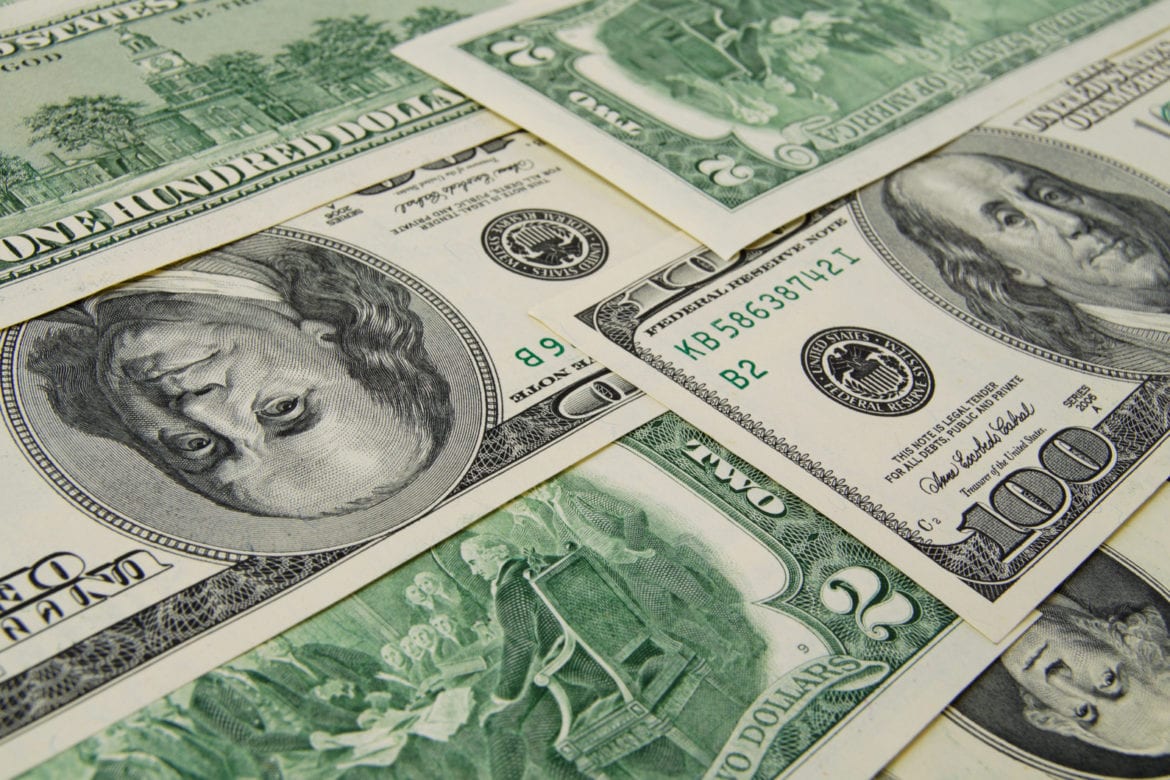|
Getting your Trinity Audio player ready...
|
It’s no secret that ad-tech vendors take a lot of money out of the digital advertising ecosystem. In 2018, a report by global accounting firm PWC found that half of the money spent by advertisers ended up with publishers.
A new study from ad metrics firm Adalytics has confirmed the problem, reporting that in the worst instances ad-tech fees accounted for 98% of the advertiser’s spend bid.
Takeways
- People outside publishing could be forgiven for believing that when a publisher runs a digital ad they get to keep the majority of the money paid by the advertiser. Of course there would be a fee for processing the ad, but the bulk of the budget would go to the publisher.
- The real picture is the complete reverse, with publishers getting just a percentage of the advertising spend and ad-tech fees taking the rest. Adalytics ad-fees study describes an unpredictable market where average fees for processing digital advertising impressions are 35% but can vary by as much as 80%.
- The study says Supply Side Platforms (SSPs) working with publishers and Demand Side Platforms (DSPs) aggregating ad buys from agencies and brands can take anywhere between 5% and 85% on individual ad impressions. In the worst instance reported DSPs and SSPs took 98% of a media buyer’s bid, with the publisher receiving just 2%.
Unpredictability
- Using data from a range of DSPs and SSPs, ad exchanges and publishers, the report’s authors found that even considering factors like auction type, publisher domain, ad position and ad size, there was a ‘high level of variability’ in how much certain ad tech vendors take in revenue share. SSPs with non-standard native or proprietary ad unit formats can have especially high supply fees.
- SSP fees also do not appear to correlate with the quality of the publication or audience. Publishers with niche but high value professional or executive audiences were being charged higher SSP fees than ‘made-for-advertising’ sites that apply ‘questionable’ ad serving tactics like auto refresh.
- The majority of the publishers and ad-tech companies interviewed by Adweek about the report said the findings around ad-tech fees mirrored their frustrations with some ad-tech vendors. One publisher said anonymously:
It’s unclear to what extent these intervening technologies are useful. That [ad-tech vendors] provide value for what they charge has always seemed unlikely to me.
Why it matters
With eMarketer predicting that 91% of the $270 billion digital ad market will be executed programmatically next year, the study highlights a problem at the root of modern publishing: the relative value of ‘clickbait’ sites compared with sites that produce value-added journalism.
- The report authors contrast a ‘made-for-advertising’ sites that get traffic exclusively from chumbox widgets with publishers that have built ‘unique and high value’ audiences. According to the study, the clickbait sites are often able to negotiate better supply fees with ad exchanges than specialist sites.
- This suggests that raw volume of ad impressions offers stronger bargaining power for publishers than premium audiences or content. The study asks the question, if the programmatic ad-tech ecosystem creates financial incentives that prioritize volume over value of content, are advertisers’ goals being properly served?
With estimates from one American news magazine that it costs $1965.58 to produce an average story, the bottom line is, will premium publishers continue to be able to invest in the creation of quality journalism.
This piece was originally published in Spiny Trends and is re-published with permission. Spiny Trends is a division of Spiny.ai, a content analytics and revenue generation platform for digital publishers. For weekly updates and analysis on the industry news you need as a media and publishing business, subscribe to Spiny’s Trends weekly email roundup here.


